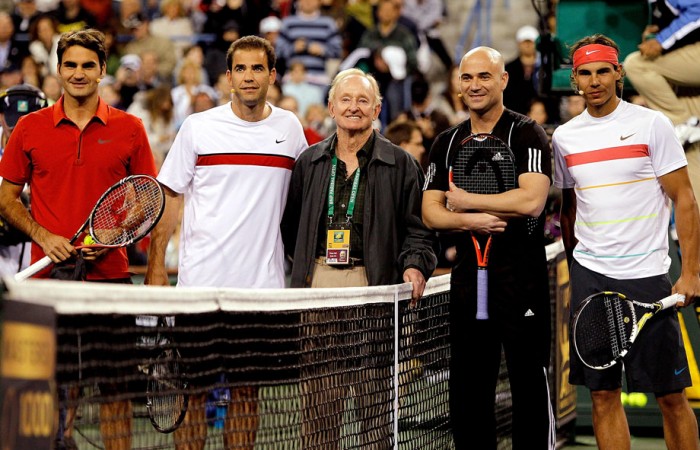I recently found an uncomplete list of 128 players of the last century on tennisabstract. com. Jeff Sackmann has tried to select 128 male and women players and write articles on them all. Now the project has reached the places around Nr. 50. Its certainly an interesting project to remember some of the greatest members of the hall of fame and others, beyond the range of the big 3 of todays tennis. As far as i can see, the articles are written with expertise on the basis of literature and stats. Problem is certainly the ranking order. Maybe it would be better to give this well researched articles without a ranking order. I have never been a fan of a combined ranking of men and women, too much difference especially in the level of competition. And i cannot understand why a player with the historical significance of Jean Borotra, who was ranked by a guy like Dan Maskell among the top ten of all time, is here at Nr. 123, behind Kei Nishikori, Vitas Gerulaitis or Del Potro. And Lew Hoad at Nr. 74? Come on. At least in the article the author mentions, that Lew was selected by several different experts as best of all time. He certainly deserves better.
I don't want to be over-critical here, because i like well studied researches, and i can see the merits of this project. The articles seem to be better than the ranking order.
I don't want to be over-critical here, because i like well studied researches, and i can see the merits of this project. The articles seem to be better than the ranking order.

